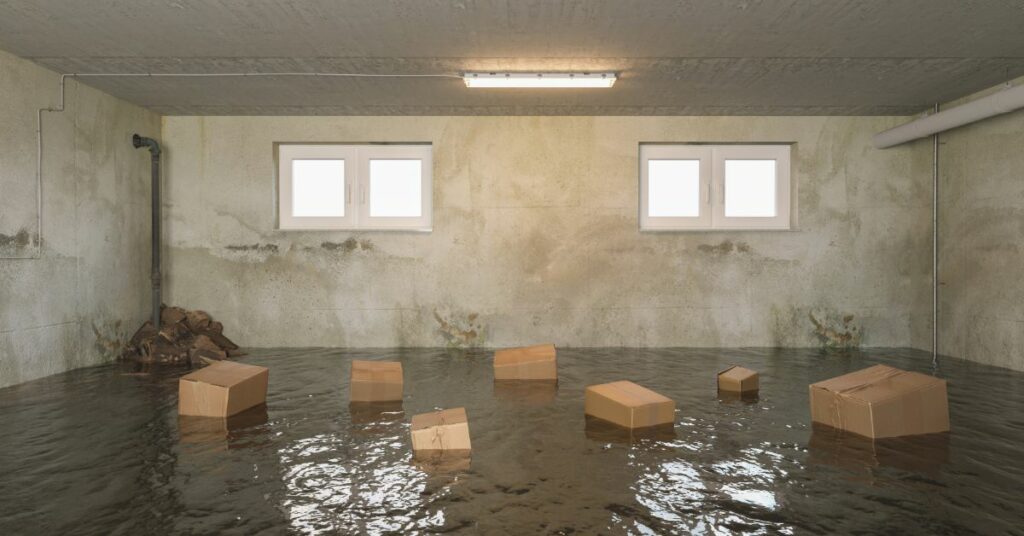Basements are particularly susceptible to mold growth due to their typically damp and humid environment, lack of ventilation, and potential for water intrusion. Understanding the causes of basement mold and implementing effective prevention strategies are crucial for maintaining a mold-free environment and protecting your home and health.

Common Causes of Basement Mold
- Excess Moisture: Basements often experience moisture intrusion from sources such as leaky pipes, foundation cracks, or groundwater seepage. High humidity levels can also contribute to moisture buildup in basements, especially in poorly ventilated areas.
- Poor Ventilation: Inadequate ventilation prevents proper air circulation in the basement, leading to stagnant air and moisture accumulation. Without proper airflow, moisture-laden air becomes trapped, creating an ideal environment for mold growth.
- Organic Materials: Basements may contain organic materials such as wood, drywall, or carpeting, which are susceptible to mold growth when exposed to moisture. Mold spores feed on organic matter, facilitating their proliferation in damp environments.
- Flood Damage: Flooding events, whether from heavy rains, plumbing leaks, or sewer backups, can saturate basement surfaces and materials, promoting rapid mold growth if not promptly and thoroughly dried and cleaned.
Prevention Strategies
- Control Humidity: Use a dehumidifier to maintain indoor humidity levels below 60% in the basement. Proper humidity control inhibits mold growth and helps create a less hospitable environment for mold spores.
- Improve Ventilation: Install exhaust fans or open windows to enhance airflow and ventilation in the basement. Adequate ventilation helps reduce moisture buildup and prevents condensation on surfaces.
- Address Water Intrusion: Regularly inspect the basement for signs of water leaks, cracks in the foundation, or damp spots. Repair any leaks promptly, seal cracks, and divert water away from the foundation to prevent moisture infiltration.
- Use Mold-Resistant Materials: Consider using mold-resistant drywall, paint, and insulation in the basement to minimize the risk of mold growth on building materials. These materials are designed to resist moisture and mold infestation.
- Keep the Basement Clean and Dry: Regularly clean and declutter the basement to remove dust, dirt, and organic debris that can serve as food sources for mold. Promptly address spills or leaks and ensure proper drying of wet items and surfaces.
Conclusion
Basement mold can pose significant health risks and structural damage if left unchecked. By understanding the common causes of basement mold and implementing proactive prevention measures, homeowners can mitigate the risk of mold growth and maintain a healthy indoor environment. Regular maintenance, humidity control, proper ventilation, and prompt remediation of water issues are essential components of an effective basement mold prevention strategy. With diligence and attention to detail, homeowners can protect their basements from mold infestations and enjoy a clean, healthy living space for years to come.
